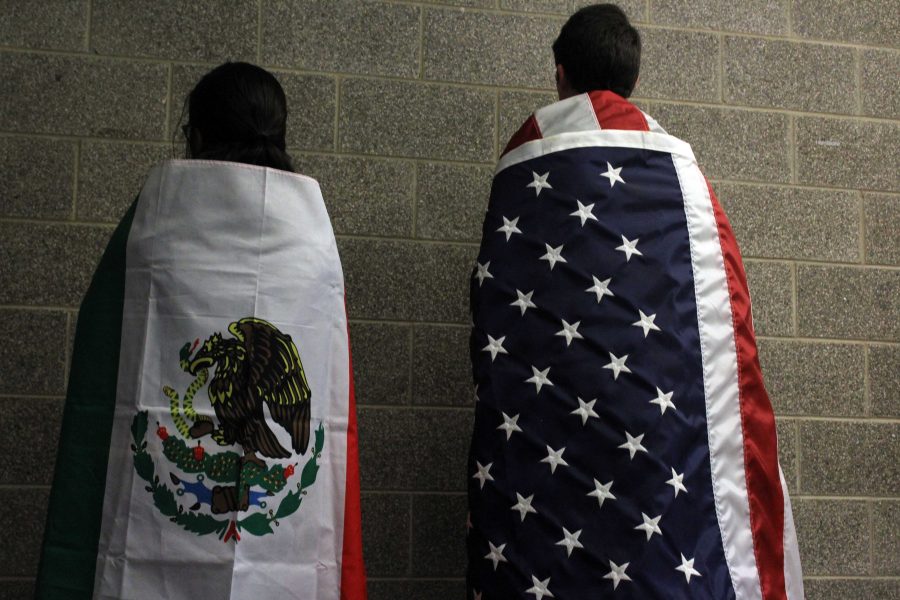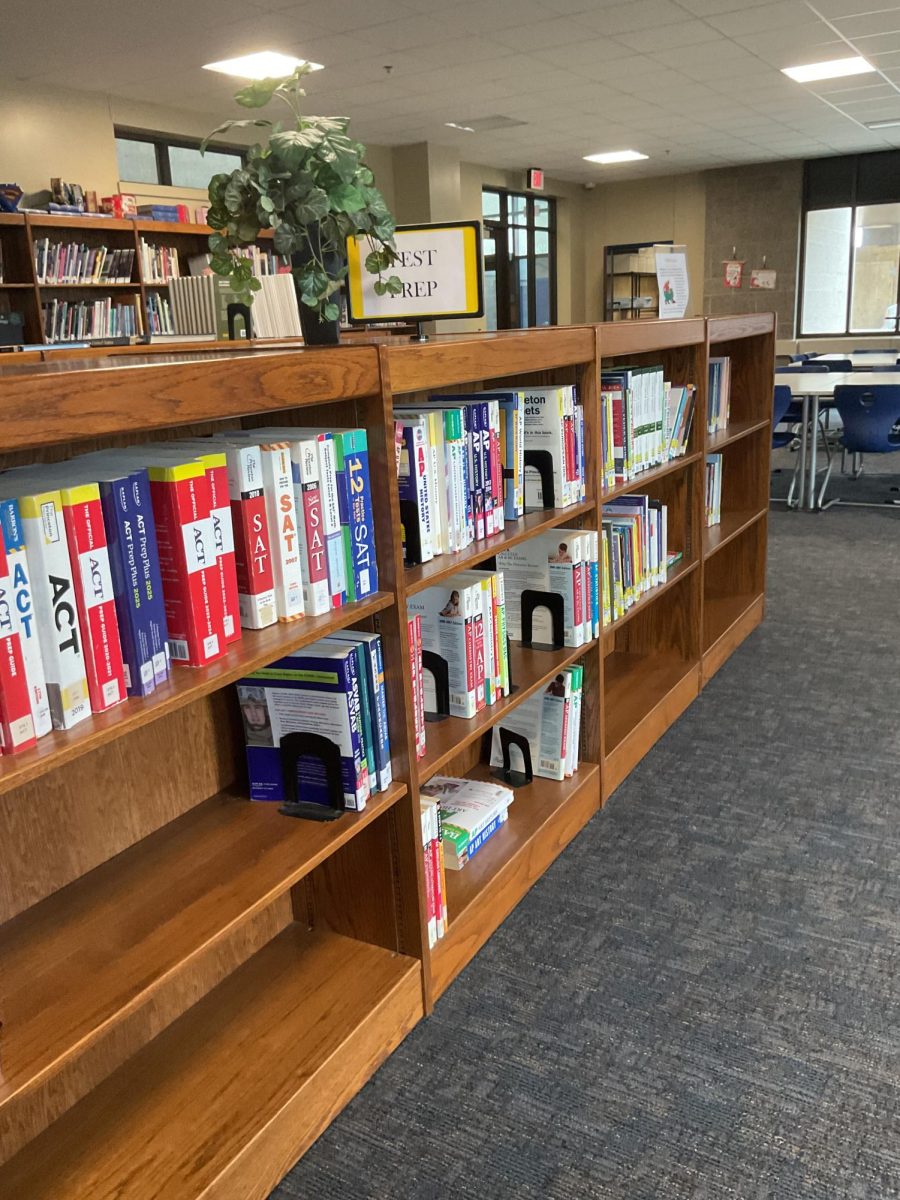A Day Without Immigrants
February 28, 2017
“Do not attend work. Do not open up our businesses. Do not shop online or in stores. Do not eat at a restaurant. Do not buy gas. Do not attend school.” These words were posted on countless social media networks Feb. 16, which became known nationwide as “A Day Without Immigrants.” Everywhere from Chicago to L.A., L.A. to North Carolina, New York City to Houston, thousands of Hispanics took to the streets for nationwide protests that were sparked by President Trump’s immigration executive order and the increase in deportations within the past few months.
“I chose to participate to show my Hispanic community we can all unite to have our voice heard and let the U.S know how much of an impact we have here,” senior Betsy Zavala said. “The overall goal of [A Day Without Immigrants] was to unite as one.”
Soon after the election of current President Donald J. Trump, there was an increase in the number of deportations within the United States. These consisted mainly of Hispanics, with over eight million people being targeted for possible deportation by the Trump administration.
“We all work together when we try to accomplish goals as a whole,” Zavala said. “Hispanics will stick together to have our voices heard and prove that we don’t come here to steal jobs, nor are we criminals.”
President Trump has claimed that the purpose of the mass deportations is to round up all the “bad hombres,” but the executive order he issued in late January will give Immigration and Customs Enforcement, also known as ICE, the ability to detain anyone they come in contact with that has crossed the Mexican-American border illegally.
“We wanted to show the rest of the non-Hispanic community how big of a group we are and how much of an impact we would make if we were to stop working here,” senior Esmeralda Limon said. “I am not trying to say that without us everyone else is useless, but we are a huge part of this country.”
 The Trump administration is currently considering deploying over 100,000 National Guard troops to assist with their immigration raids in 11 states. There has been an uprising within the Hispanic community to come together and protest against the target that has been put on them. Because of this target, millions of families who have been living in the U.S. for years, with no criminal background or no present signs of danger, are at risk of being broken apart.
The Trump administration is currently considering deploying over 100,000 National Guard troops to assist with their immigration raids in 11 states. There has been an uprising within the Hispanic community to come together and protest against the target that has been put on them. Because of this target, millions of families who have been living in the U.S. for years, with no criminal background or no present signs of danger, are at risk of being broken apart.
“In theory, as Commander in Chief, the President can call up troops at his discretion,” history teacher
Will Heatherly said. “A court would have to rule on the constitutionality of his actions. Stress in society always causes change, and it seems that there are two basic groups: supporters of the president’s actions [and] orders, and those opposed to his actions [and] orders.”
Although many older Hispanics took part in the protest, it was mainly sparked by younger Hispanics who felt a need to protect their communities from the government that is supposed to protect them.
 “Being a Latina and being raised through tradition has taught me about union,” Limon said. “Hispanics have always stayed together. We have been treated unfairly, as well as many other cultures. I believe something had to be done, and even though I’m a U.S. Citizen, that didn’t stop me from supporting my community and where my roots come from. The more [people] that participate in this, the bigger the effect will be.”
“Being a Latina and being raised through tradition has taught me about union,” Limon said. “Hispanics have always stayed together. We have been treated unfairly, as well as many other cultures. I believe something had to be done, and even though I’m a U.S. Citizen, that didn’t stop me from supporting my community and where my roots come from. The more [people] that participate in this, the bigger the effect will be.”
Senior Ramon Aguilera was one among many Hispanics who chose not to participate in the protest.
“I didn’t think it was important,” Aguilera said. “People would just go on with their normal day. I didn’t think it would’ve made a difference. I think people didn’t care. Most of my friends [participated] to find an excuse to skip school. Most of them didn’t do it for the purpose of it, they just did it. My parent’s didn’t let me, but I would’ve done the same.”
Although many people did not disagree with the point the movement was trying to make, many people, like senior Brayan Santos, were simply not convinced it was worth the effort.
“I’m not against it, but I feel that the effort wasn’t worth it,” Santos said. “There’s nothing wrong with trying to change, but I don’t think it made a really big difference. I don’t think it worked, but the try was important. I don’t think it affected those that continued with their daily activities at all. It’s the same concept if they try again. I think there are other ways. I don’t know what ways, but I don’t see how [the protest] made a difference at all.”
This has not been the first time a U.S. president has targeted immigrants, but it has been one of the most publicized political movements dealing with immigration in U.S. history.
“One protest can’t make an automatic change,” Zavala said. “If we look back to the past boycotts and protests, they didn’t get their way quickly. It took time. They tried and tried for their minority voices to be heard and never gave up. They had hope, and that’s what the Hispanic community plans to do. This won’t be the first boycott or protest that pops up, because we are here to stay.”




